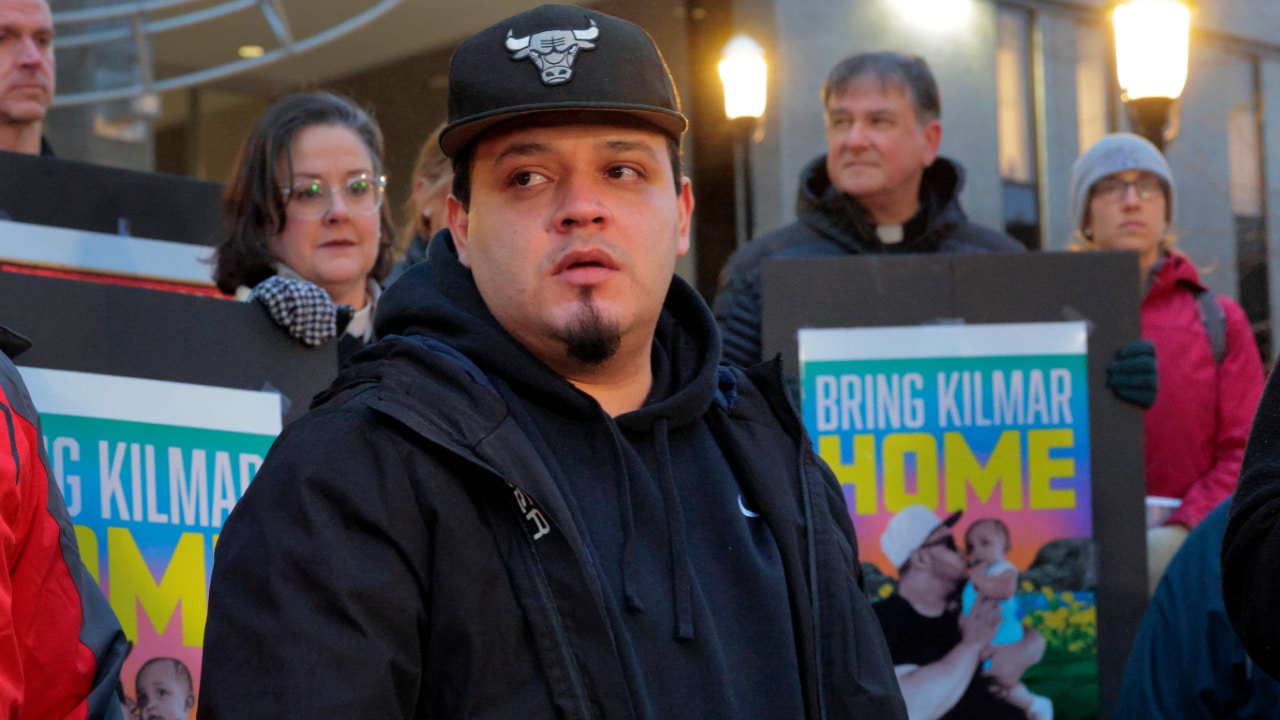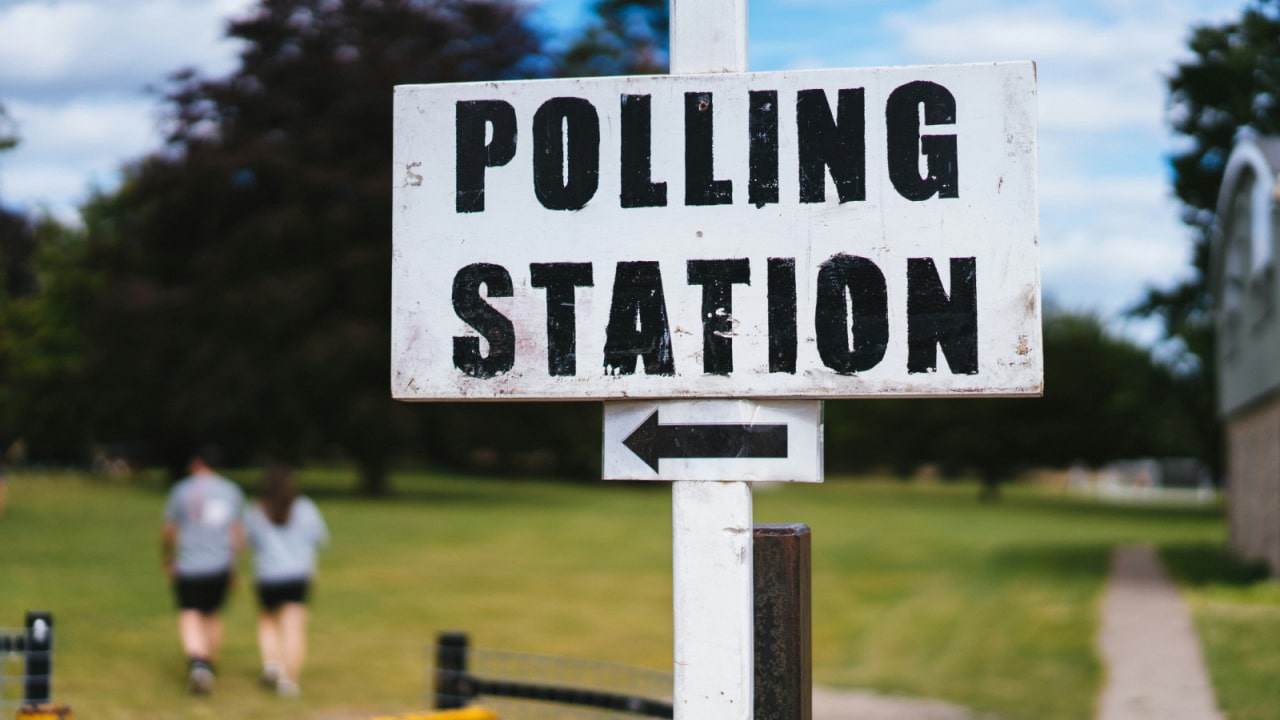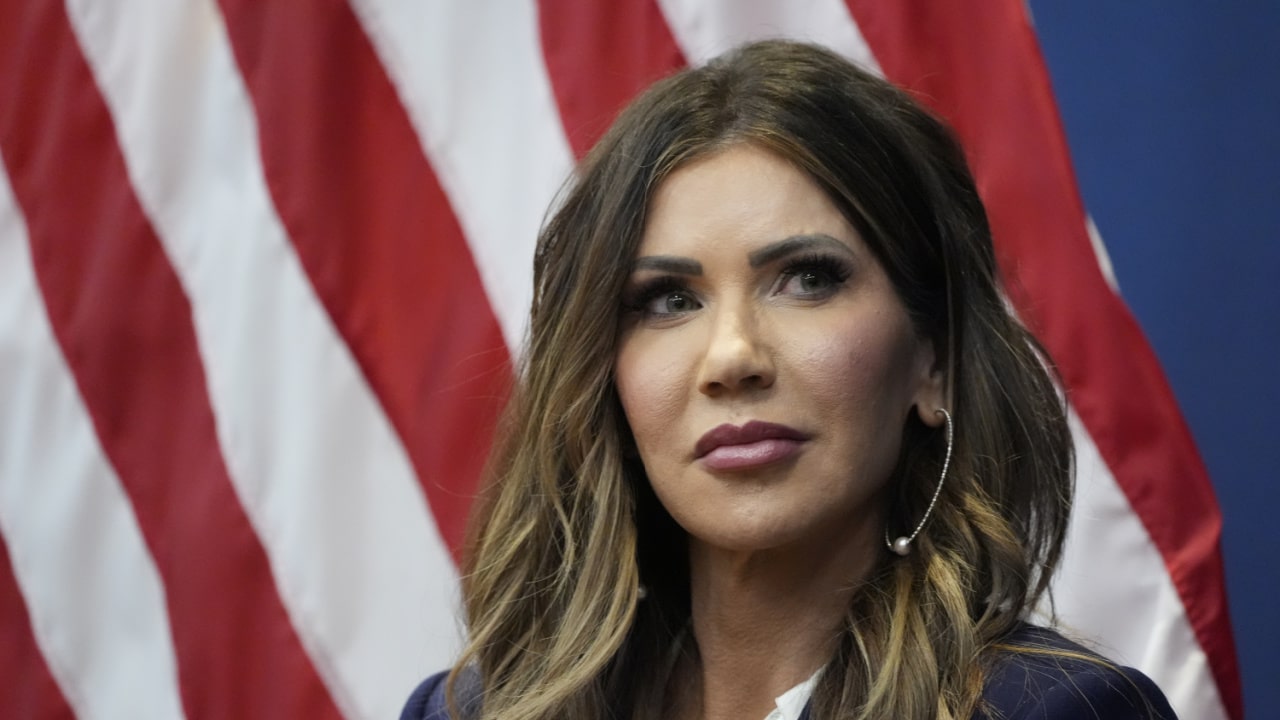BIPOC Small Business Owners in These Cities Can Participate in New Funding Program
It’s no secret that BIPOC entrepreneurs and business owners have a difficult time making their dreams take off.
There are extra hurdles that prevent us from being able to secure loans, a brick-and-mortar storefront, and more.
Fortunately, organizations like Living Cities are making BIPOC entrepreneurs the focus of their aid.
Nineteen of the world’s largest foundations and financial institutions take part in the collaborative effort. They are working to close racial income and wealth gaps in American cities.
Living Cities recently received a $6.3 million grant from the Truist Foundation and Main Street America as part of Where It Starts.
Moreover, this pilot program will help BIPOC-owned small businesses reach their full potential and open new career pathways.
Assistant Director of Living Cities Norris Williams and Director of Business Starts and Growth at Living Cities, Santiago Carrillo, spoke with mitú about this life-changing initiative. Keep reading to learn more about this incredible opportunity.
What kind of work does Living Cities do?
Living Cities is a collaboration of individuals with influence who work to improve livelihoods. People from pro basketball player Chris Paul to banking executives are willing to use their resources to support ongoing initiatives.
Their work is especially prevalent in underserved communities. Past initiatives include rebuilding after Hurricane Katrina and implementing racial task forces after the death of Freddie Gray. Presently, Living Cities’ focus is on helping close the racial income and wealth gaps.
“Our intent is that addressing the systemic barriers begins to jumpstart or strengthen the tools many business serving organizations want to, or already provide, including access to capital, technical assistance, business networking, mentorship programs, technological capacity, and more,” said Williams.
How will this close racial wealth and income gaps, and why is it important?
Relationships between borrowers and partners are formed through a strategic and learning-oriented approach. Additionally, they introduce small business owners to local governments and business-serving organizations.
“The purpose of these warm introductions is to provide local leaders with additional tools, asset classes, and capacity to promote more wealth-building opportunities through business ownership for more people of color in cities,” said Carrillo.
In addition, these partnerships are for having conversations about fresh approaches to improving and growing opportunities for people of color. Historically, Black and Latinx people earn less than white people due to different factors like education and work experience.
“Even prior to the pandemic and the national, racial reckoning that took place in 2020, we learned that embedding an explicit racial equity lens into our place-based and impact investing work was the only way we could situate ourselves on a pathway to closing racial wealth gaps in US cities,” said Carrillo.
According to Pew Research, Black and Hispanic men haven’t been able to make a dent in the wage gap with white men since the 80s. In addition, Women also have a difficult time earning more because of their gender. As time progresses, with no significant changes made, the gap widens.
“As a result of this strategic shift in our impact and programmatic focus, we have deployed catalytic investments and grants in cities, organizations, and funds committed to building community wealth by supporting Black and Latine firms,” said Carrillo.
How can small business owners get involved?
If you’re an entrepreneur of color interested in learning more about this program and live in Atlanta, Charlotte, Memphis, Miami, or Nashville, visit the Living Cities and Main Street America websites. There, you’ll be able to find more information on funding opportunities as the program continues.
Lastly, keep checking their websites for any updates on their progress in these current focus cities. There will also be calls to action in future cities.




